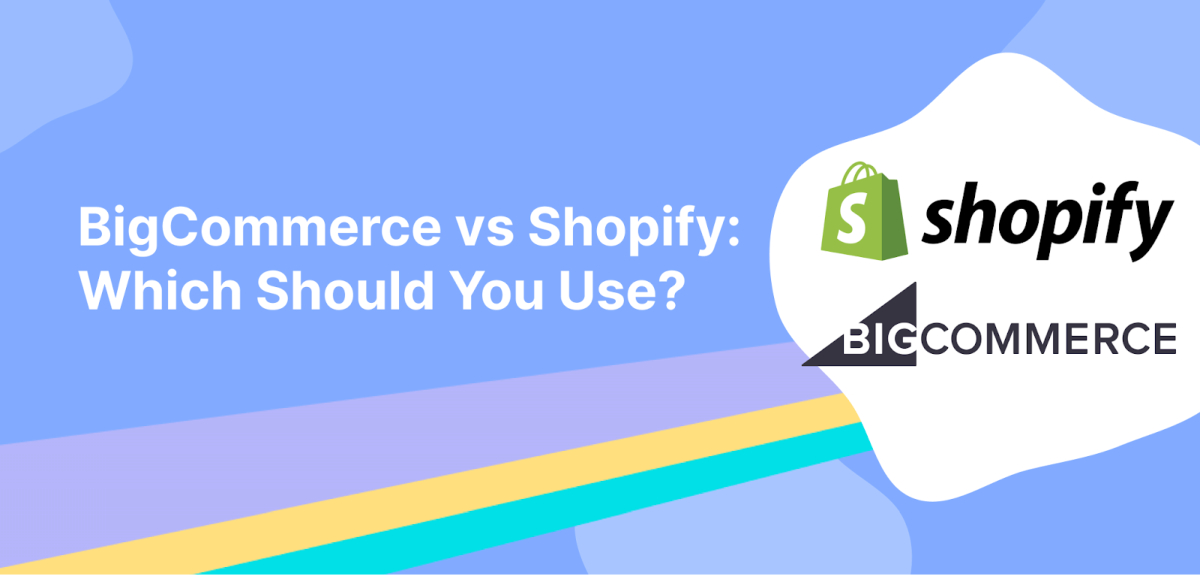When it comes to choosing the right e-commerce platform for your children’s playground business, the battle between BigCommerce and Shopify is fierce. Each offers unique advantages that could make or break your online success.
Key Takeaways
- Shopify offers more user-friendly features and an extensive app store, making it ideal for beginners and growing businesses.
- BigCommerce provides more built-in features without additional costs, which can benefit more extensive operations.
- Both platforms offer similar pricing structures, but Shopify’s transaction fees can add up for high-volume sellers.
- Shopify’s themes are visually appealing and mobile-responsive, which is crucial for playground equipment retailers.
- BigCommerce has an edge in SEO capabilities, potentially boosting organic traffic for your playground business.
BigCommerce and Shopify are two major eCommerce platforms that allow businesses to launch online stores. They utilize a wide range of tools without requiring advanced web development skills.
Today, we will compare BigCommerce vs. Shopify in a very interesting market: children’s stores. This line of business has wide coverage, and its relevance always stays the same.
Ease of use of platforms—which is more suitable for a novice seller
Shopify is known for its simplicity. It is exactly what a beginner needs. The platform offers:
- easy-to-understand toolbar interface;
- simple work field editor;
- Step-by-step component customization with the Shopify wizard.
If you do not have time to study the service’s features in-depth, we advise you to pay attention to Shopify.
BigCommerce will also provide a convenient interface. However, the service is designed for more advanced settings in future stores. Be prepared to spend more time on full-fledged site customization.
Personalization of the trading platform
If you’re a fan of aesthetics, feel free to switch to Shopify. The library covers styling for various business lines, and children’s themes are no exception. A template editor is present for complete control over the design.
BigCommerce also does not lag behind in terms of the number of themes. However, their styling is more oriented to the corporate segment. BigCommerce uses Handlebars as a template language—you will need the appropriate knowledge to work with it.
Video content support
Integrating a video section into an online store can greatly improve the user experience. The possibilities of using video in children’s eCommerce are colossal.
What to fill the store with:
- instructional videos;
- Baby rollers with product reviews;
- videos of parent testimonials about positive ordering experiences, etc.
Both platforms support video content. However, Shopify offers a simpler process for starting a video blog.
Multichannel selling: trade through your social networks
Both platforms have a powerful set of tools for realizing multichannel commerce. They can be used to realize direct sales on giants like Amazon, eBay, and Walmart.
It is possible to connect your social pages, such as Facebook, Pinterest, Snapchat, TikTok, or Instagram. This way, you can reach out to new markets and reach a targeted audience.
Given the platforms’ support for working with video content, the store can be quickly filled with videos of children using the product being sold—playing with a toy, reading a book, and more. Customer involvement in the store’s processes will grow rapidly.
Compatibility with mobile gadgets
If the potential audience is working parents, consider having a mobile online store version.
BigCommerce and Shopify offer many solutions for mobile devices. The mobile version offers ordering and payment features.
However, Shopify is a go-to for setting up a mobile online store.
Conclusions
Shopify and BigCommerce are powerful e-commerce platforms. However, the key point is still the usability of the services, and this is where Shopify wins.

The platform’s simplicity and clarity make it ideal for startups, newcomers to e-commerce, and those who don’t have the time or desire to customize an online store deeply.




